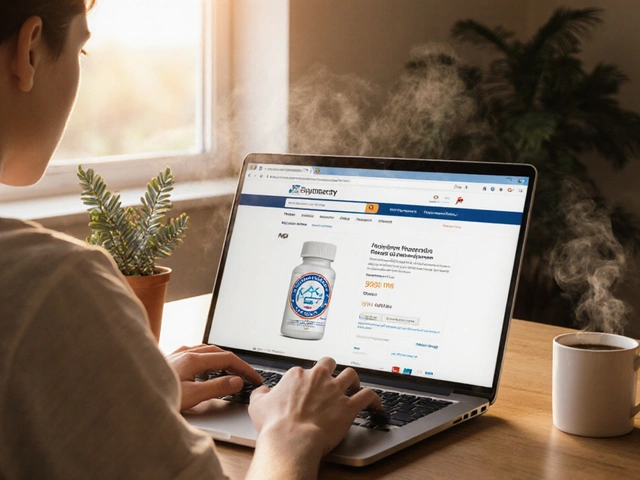Insurance Changes and Generic Switching: Navigating Formulary Updates in 2025
December 23 2025Antibiotic Treatment: Practical Guide for Safe Use and Buying Online
Need an antibiotic? Whether you’re treating an infection now or planning for travel, this page gives clear, practical tips on when to take antibiotics, how to use them safely, and how to buy them online without getting scammed.
Choosing and Using Antibiotics Safely
Antibiotics only help bacterial infections - not colds, most sore throats, or the flu. Your clinician should confirm a bacterial cause before prescribing. If you're unsure, ask for tests or a clear reason for the choice.
Take the exact dose at the same times every day, and finish the prescribed course unless your prescriber tells you otherwise. Skipping doses or stopping early can leave stubborn bacteria behind and promote resistance. If you miss a dose, take it as soon as you remember unless it’s almost time for the next one.
Watch for side effects: mild stomach upset and yeast infections are common. Stop and get urgent help for trouble breathing, facial swelling, or a severe rash - these can be signs of a serious allergy. Some antibiotics have notable risks: fluoroquinolones can cause tendon pain and should be stopped if you notice tendon swelling; metronidazole and tinidazole can cause severe nausea with alcohol; some drugs affect heart rhythm. If you take blood thinners like warfarin, tell your prescriber - certain antibiotics can raise bleeding risk.
Buying Antibiotics Online: How to Avoid Scams
When you order meds online, pick pharmacies that require a valid prescription, show a physical address and phone number, and display accreditation from recognized services like PharmacyChecker or CIPA. Check user reviews and search for the pharmacy's name plus words like "scam" or "reviews."
Beware of red flags: no-prescription sales, prices that seem impossibly low, poor contact details, and overseas warehouses with vague shipping times. Ask about shipping, customs holds, and whether the product is the brand or a labeled generic. Keep records: save receipts, prescription copies, and tracking numbers until you’ve used the medicine safely.
For travel, carry a copy of your prescription or a doctor's note, put medicines in your carry-on, and keep them in original packaging. Check storage needs - some antibiotics need refrigeration - and local rules for bringing medication into your destination.
Finally, don't share antibiotics or use leftover pills. If a treatment didn't work, return to your clinician rather than self-adjusting. Smart, cautious use protects your health and keeps antibiotics working for everyone.
If you're pregnant, breastfeeding, elderly, or caring for young children, double-check every antibiotic with a clinician or pharmacist. Dosages often change by age and weight; never guess. Consider asking about probiotics to reduce antibiotic-associated diarrhea - Saccharomyces boulardii and some Lactobacillus strains have evidence, but ask which type and timing. Report serious side effects to your prescriber and to your country's medicine regulator; reporting helps spot problems early. Keep leftover pills out of reach and ask your pharmacy about safe disposal options or local take-back programs to avoid improper use. Always keep an updated medicine list with doses and allergies in your phone.
 8 Nov
8 Nov
Sulfamethoxazole and its potential role in treating Lyme disease
As a keen aspirant in health research, I've found a fascinating connection that might just revolutionize our fight against Lyme disease. It's all about Sulfamethoxazole, a powerful antibiotic known for combating various bacterial infections. Recent findings suggest it may have potential use in treating this disease. So, on this page, let's explore together how this miracle drug might be our new weapon against Lyme disease and the ground-breaking research behind these bold claims.
Read More...




